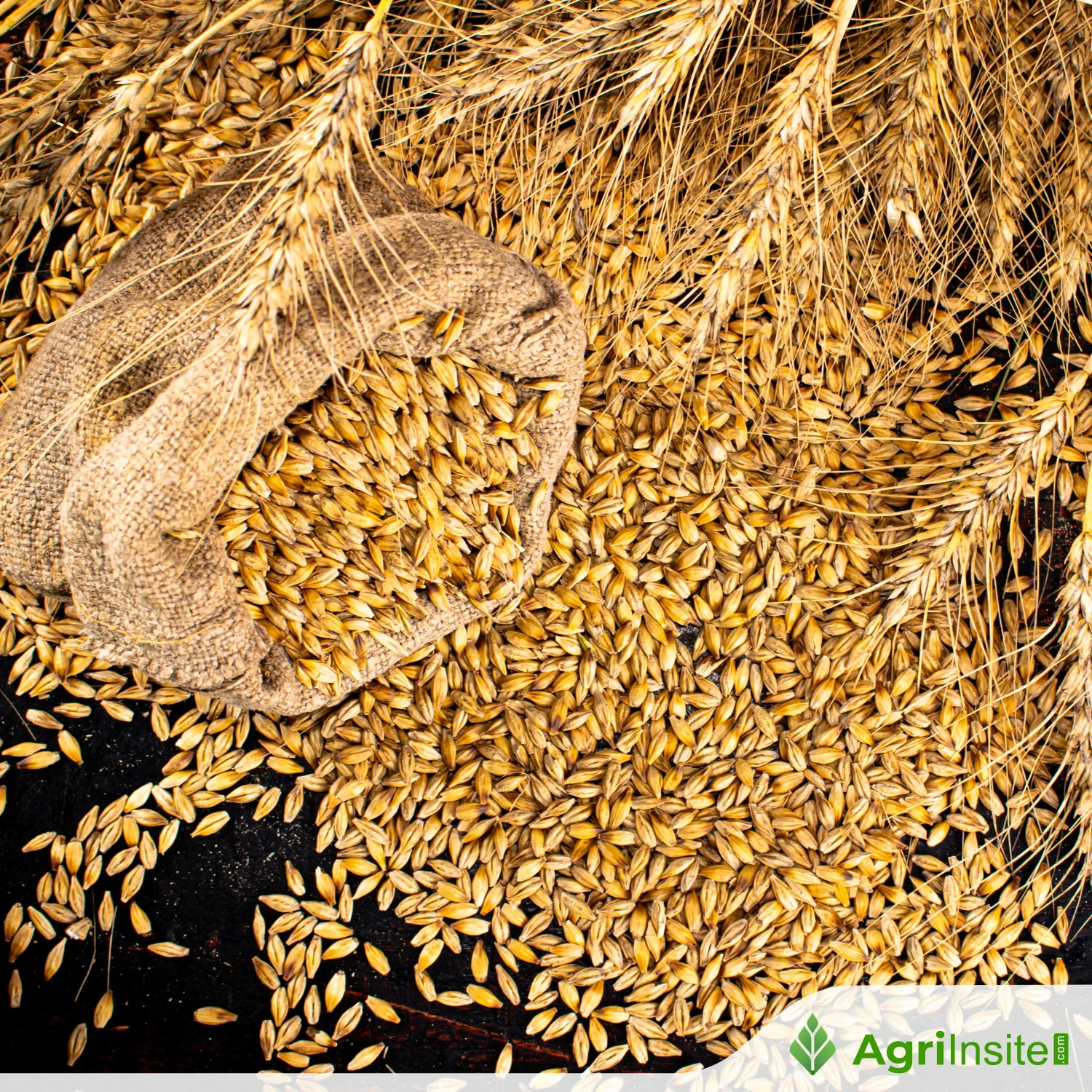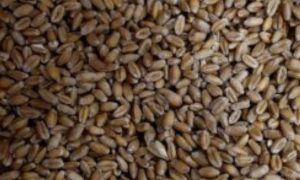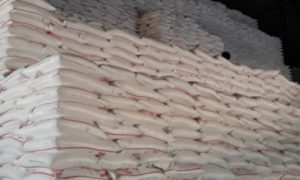Pakistan : Mounting wheat crisis looms as government delays import decision

Pakistan’s wheat market faces severe stress despite official claims of ample stocks. Sindh released 1.265 million tonnes at Rs3,800 per 40kg, while Punjab restricted interprovincial trade to curb speculation. Experts warn reserves may run out before March, urging 1.5 million tonnes of imports. Hoarding, feed use, and poor transparency worsen the crisis.
Pakistan’s wheat market is showing signs of acute stress despite repeated government assurances of “sufficient stocks.”
A few days ago, the Sindh cabinet approved the release of 1.265 million tonnes of wheat at Rs3,800 per 40kg to stabilise flour prices. Simultaneously, the Punjab government tightened interprovincial movement controls to curb speculation. Yet, wheat prices continue to rise — an unmistakable signal that supply and demand are out of sync.
Industry insiders warn that current reserves may not last until March, when Sindh’s new harvest begins. The Pakistan Flour Mills Association claims that poultry and livestock feed mills consumed over 1.6m tonnes of wheat within just four months — exploiting it as a cheaper substitute for maize.
The Punjab government belatedly banned the use of wheat in feed production in September 2025, but the damage may already be done. With stocks depleted and flood losses compounding shortages, experts estimate that Pakistan may need to import at least 1.5m tonnes of wheat to bridge the gap.
The federal government, however, maintains that the country’s reserves are adequate. Analysts attribute this conflicting narrative to the absence of a transparent system for tracking national stock levels — especially as much of the wheat remains in private hands, including politically connected traders and multinational firms.
Officials admit that Punjab’s flour mills held only 104,184 tonnes of wheat when the feed ban was imposed — barely enough for two weeks of processing. In reality, many mills and traders reportedly hoarded massive quantities purchased at Rs2,000–2,200 per maund during harvest season, anticipating windfall profits.
This surge in private hoarding was enabled by the government’s decision to withdraw from direct wheat procurement, leaving market forces largely unchecked. Now, with prices climbing, the state appears reluctant to admit a shortage or consider imports — fearing political backlash and damage to credibility.
Importing wheat now could also disincentivize farmers just ahead of the sowing season, as happened in 2024 when 3.59m tonnes of imported wheat led to a market glut and price crash during harvest.
Moreover, imported wheat — costing Rs3,500–3,700 per maund after transportation — would undermine Punjab’s enforced price ceiling of Rs3,000 per maund, exposing the artificial stability created through administrative measures.
The government’s “wait-and-see” strategy may buy time politically, but it risks triggering a full-blown supply crisis by early 2026. Importing in November or December could help stabilise markets, but a delay until January or February would likely lead to shortages, surging consumer prices, and another blow to farmer confidence.
As the authors Khalid Wattoo and Dr Waqar Ahmad note, food security is too critical to be compromised by political convenience. Without timely intervention, Pakistan risks repeating the same mistakes seen in the sugar sector — late imports, market panic, and a heavy toll on farmers and consumers alike.
To Read more about Wheat News continue reading Agriinsite.com
Source : Daily Times

















